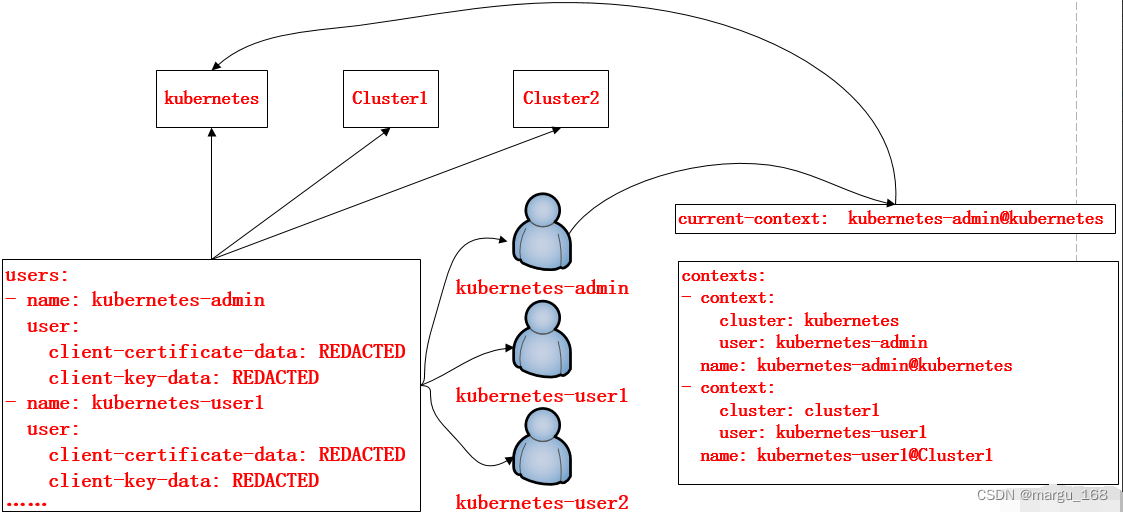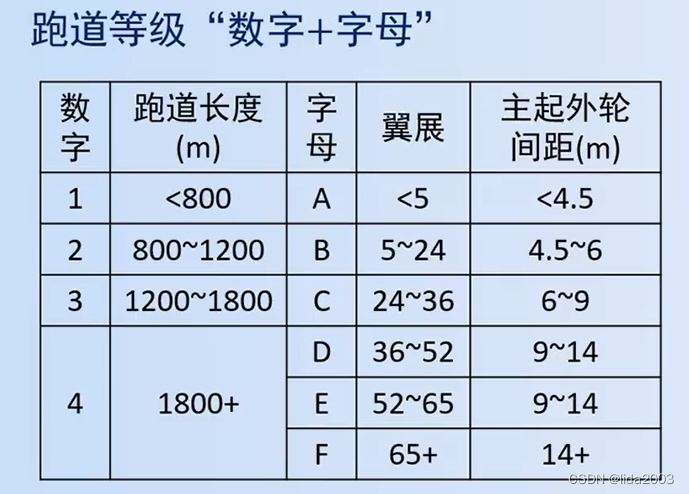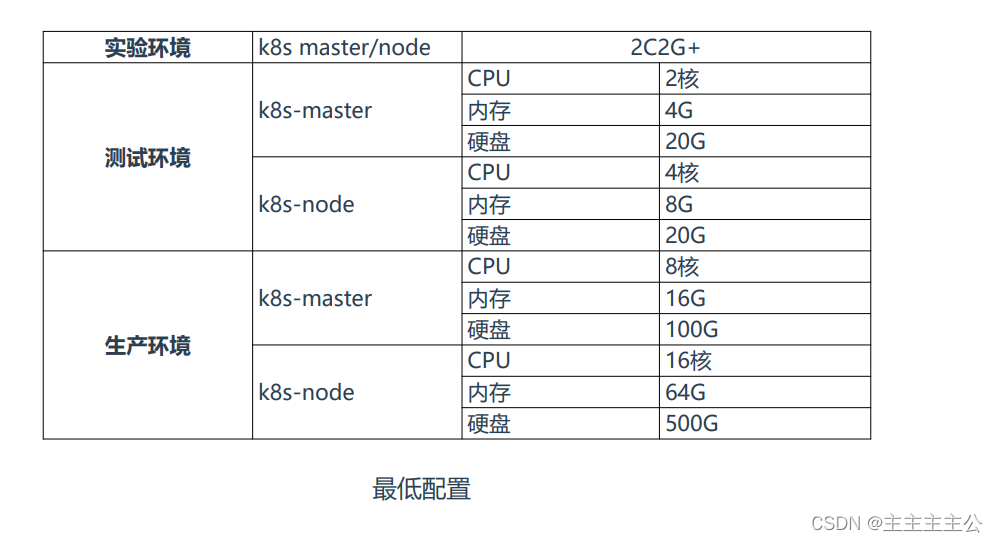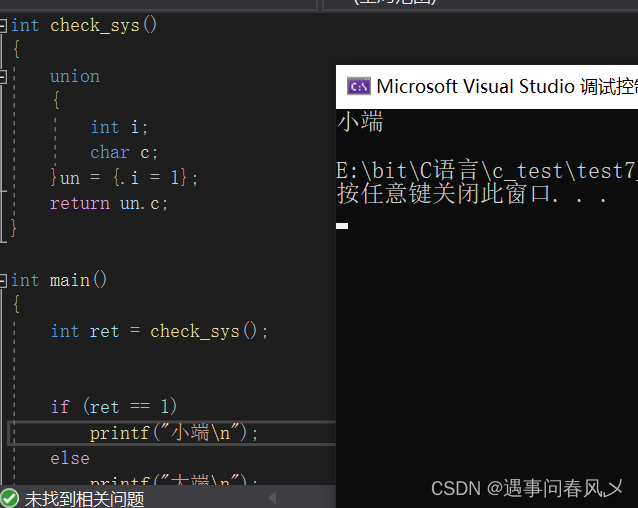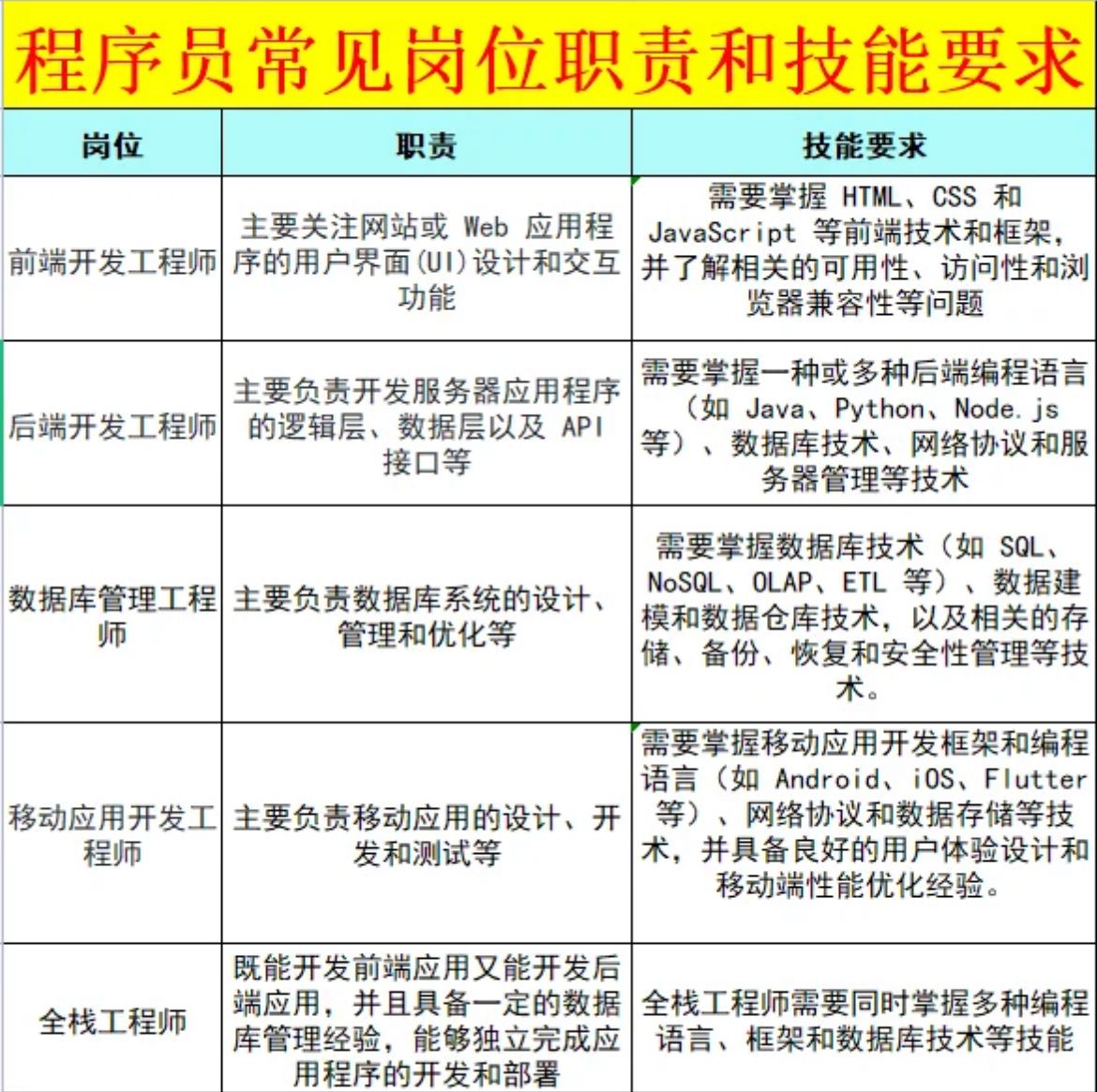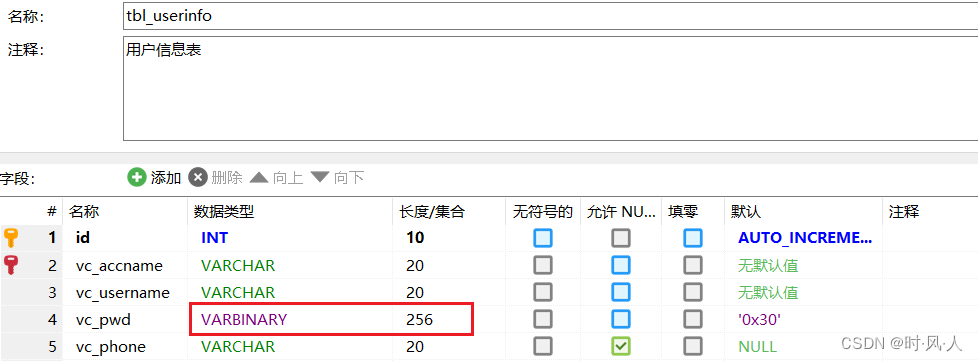数学符号:三个横线 ≡ \equiv ≡(等号上加一横,或者像乾卦的符号)的含义
在数学学习或理工科文献阅读时候,在理论性较强的文献中常会遇到三个横线 ≡ \equiv ≡的数学符号,然而由于我们对该数学符号的应用较少,对其不熟悉。本博文将说明该熟悉符号的含义。
≡ \equiv ≡符号的含义
该符号有两个含义:
(1)表示“定义为”:
比如:
x
≡
y
x \equiv y
x≡y表示x定义为y的一个名字,此时它等同于
x
:
=
y
x:=y
x:=y
再比如:
t
a
n
θ
≡
s
i
n
θ
c
o
s
θ
tan \theta \equiv \frac{sin {\theta}}{cos {\theta}}
tanθ≡cosθsinθ
含义为:将
s
i
n
θ
sin {\theta}
sinθ与
c
o
s
θ
cos{\theta}
cosθ的比值定义为
t
a
n
θ
tan\theta
tanθ
(2)表示“恒等于”
参考资料:
数学符号表1

